- WildTech discusses wildlife tracking technology with Professor David Macdonald, director of a long-term study of lions, including Cecil the Lion, and co-founder of the Hwange Lion Project.
- The evolution of behavioral ecology has closely tracked advances in technology in often unexpected ways — and continues to do so.
- Combining old and new technologies can make for effective conservation strategies.
Six months after Cecil the Lion was shot by an American bow hunter, the furor about his death has largely diminished. But the consequences for Cecil’s pride and for the researchers who were studying the lion upon his death continue to unfold.
WildTech spoke with Professor David Macdonald, the scientist whose team had been studying the lion since he was fitted with a satellite-tracking collar in 2008. Macdonald, founder and director of the Wildlife Conservation Research Unit (WildCRU) at Oxford University, began his career studying foxes in the UK and, together with his long-term colleague Dr Andrew Loveridge, founded the Hwange Lion Project in 1989. WildTech asked Macdonald about his research, Cecil the Lion, technology, and the future of technology in conservation.
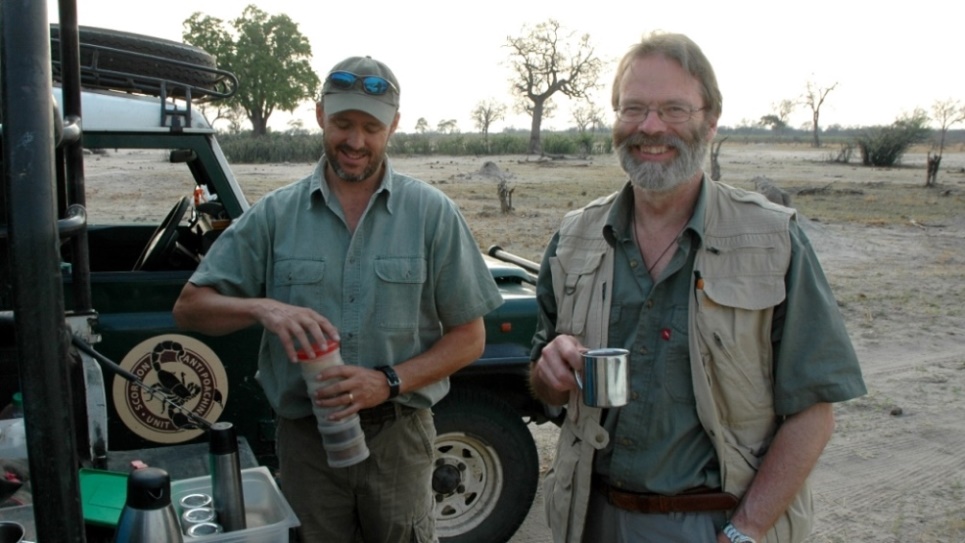
We’ve split the interview into two articles. This post focuses primarily on the WildCRU team’s use of technology for lion research and where Macdonald sees conservation technology headed. The second post contrasts the early days of conservation science, WildCRU, and the Hwange Lion Project with their respective futures.
WildTech: Can you tell us how Cecil became part of the Hwange Lion Project?
In 1999, at the request of old-school trophy hunters, we founded the Hwange Lion Project to study all of the factors affecting lion conservation in the southern part of Africa, starting with trophy hunting. I did that together with Dr. Andrew Loveridge, with whom I worked consistently for the following 16 years. Cecil was one of over 200 lions that we have now fitted with satellite transmitters. Nowadays, beyond the remarkable Serengeti study, I suspect that it is the most substantial lion research project in Africa.
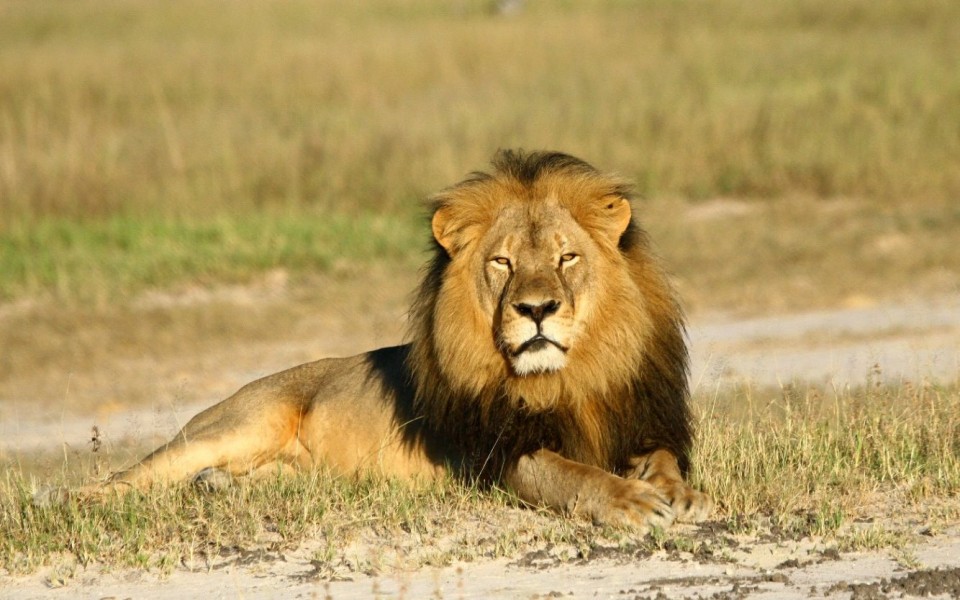
We first encountered Cecil in 2008, when he was already mature, fitted him with satellite tags then, and followed his movements every minute of every day since 2008. So he was one of the very, very well-known lions to us. Cecil had formerly been a part of a different pride coalition; he’d been ousted from that, and he’d set up a new coalition in his retirement, you might say, together with one other unrelated male known as Jericho. In July 2015, he was shot by an American bow hunter.
WildTech: What technologies are you using to study lions? What have you discovered that would have been impossible without using these technologies?
Let me first put these in a tiny bit of a broader context. We are of an age where we have seen the whole science unfold, and in my view, one of the big drivers of its unfolding has been the quantum leaps in technology over the years. So in my own career, for example, several technological breakthroughs have revolutionized the sort of questions one can answer and therefore the sort of things conservation has done. One of those leaps applies to the lions, but it’s not the first of them.
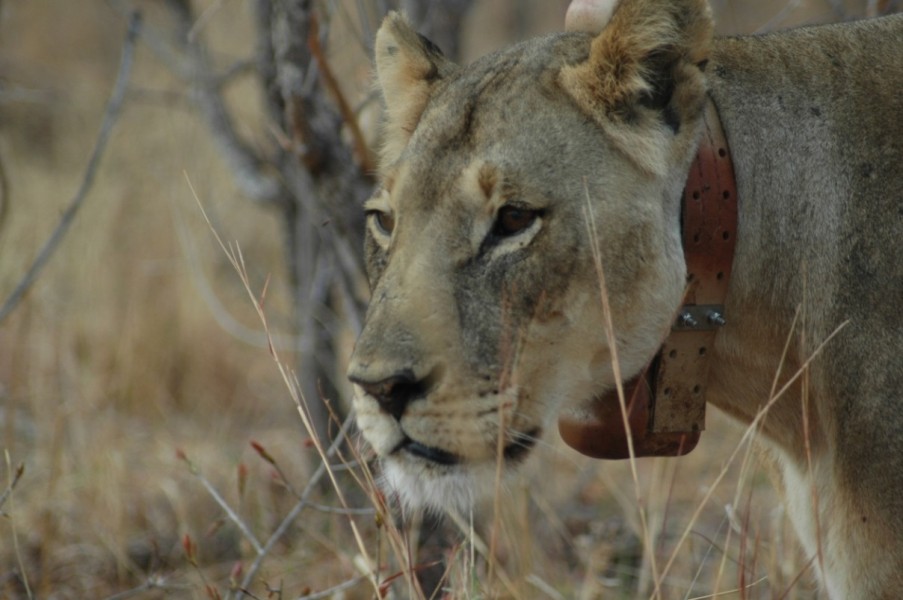
The first of them is that I was, in this country, I think, one of the first people to undertake radio tracking of the old-fashioned VHF sort. We used to use soldering irons to make transmitters that I fitted to foxes we were studying to examine transmission of rabies. That was a huge breakthrough, perhaps the biggest breakthrough since the invention of the binocular and the notepad, which had been previously helpful technologies.
After radio tracking, I was very, very fortunate to, together with my then-supervisor Hans Kruuk of hyena fame, to get the fruits of Nikolaas Tinbergen’s Nobel Prize, which he used to buy us a pair of infrared binoculars — night-vision binoculars — the first of their sort ever used, I think, by biologists. That was another huge breakthrough, using what we laughingly called in those days “black light” and the “hot eye” infrared light, to be able to watch the radio tagged foxes, combining natural-historian bush-craft to track the animals, aided by the radio tracking — not relying simply on the technology but combining it with bush-craft to sneak up on them and watch them with the night vision equipment. So that was another colossal breakthrough. The next breakthrough, I think, from my point of view, would be DNA fingerprinting and the molecular method, which allowed one to come with a different layer of understanding.
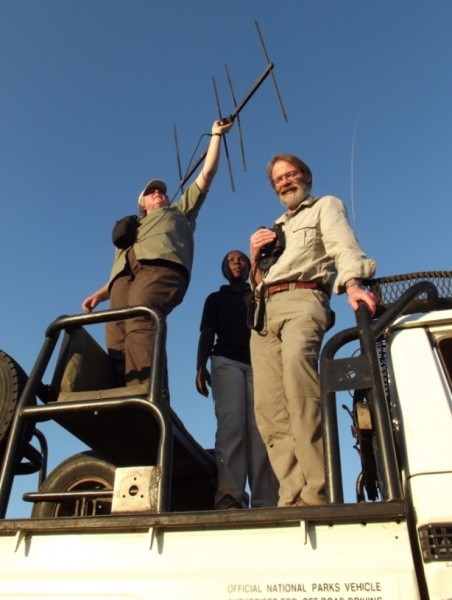
Arriving on this chronology with the lions and Cecil: I mentioned we use satellite tracking. While we started with quite a few VHF collars on these lions, we quickly moved so that almost all of them are using satellite devices. That coincides with another breakthrough, which is the incredible advances in GIS technology to allow us not only to find where the animals are going, but also to plot the landscapes through which they’re travelling. Those two together have been revolutionary. By the way, Cecil is unusual in terms of the news media reaction. He’s not at all unusual in terms of what happens to lions. The fact is that we’ve been able to follow that individual’s movements since 2008.
We work routinely now following animals from Zimbabwe through into Botswana. We had just earlier this year an animal that went from the Okavango Delta area [in Botswana] right down into the central Kalahari. We had a Zimbabwean lion that left Hwange and traveled north over about 300 kilometers of weaving back and forth into Zambia — caused an international dispute when he got there — and so that sort of satellite transmitting is a complete breakthrough.
WildTech: How does the Lion Project deploy these technologies on the ground?
OK, if I could change scale for a moment, the emphasis of the project moved after a few years from trophy hunting to mitigating conflict with local farmers. That, too, relies on satellite tracking in the most remarkable way. We have a system where we have local village people from the Ndebele Culture, who we recruit through a highly democratic process involving the headmen and the kraal chiefs of the villages, and they appoint men and women who become so-called “Long Shields” (in the Ndebele Culture a shield is a very important protective device and the Long Shields protect them from danger). We train these Long Shields and give each of them a mountain bike, a cellphone, a GPS and a trumpet-like device called a vuvuzela.
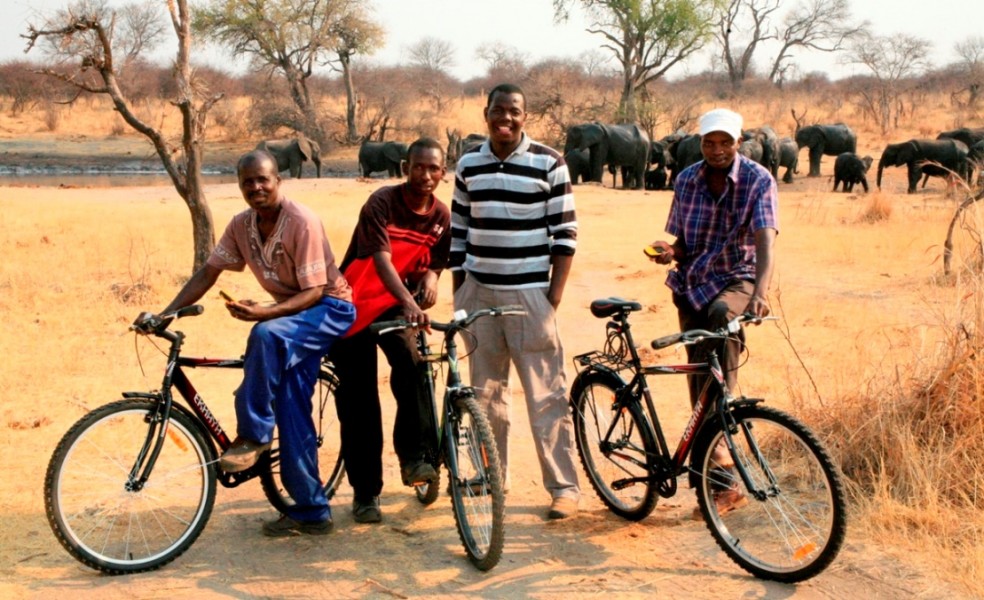
How our system currently works is, we have the lions satellite tagged — all of the lions that tend to be stock raiders, the ones that leave the park, get satellite tagged. As the lion seeks to leave the park, it sends a message from the satellite to our HQ; our man in HQ then sees where the lion is going, uses the cellphone to contact the Long Shield that is nearest to where the lion is going, the Long Shield then uses his GPS to go in the direction of the lion, he hops onto the mountain bike we’ve given him, cycles off to the farmers in that area, gets them to lock up the cows, and then uses his vuvuzela to frighten the lion back into the park.
And with this combination of old and new technologies, we have in the last couple of years cut the stock losses in this area by about 50 percent, which is a colossal impact on the well-being of the local people, and also the incentives for them to tolerate lions. And because we’re interested in both lion well-being (and indeed the other predators too) and the local people, we combine this with working on the agricultural system with them.
We have introduced a new system of combining several families’ herds of cattle at night in a corral made out of a type of canvas which the lions are unwilling to break into or jump over, so the cattle are protected at night. Similarly, the cattle live in these portable bomas (because you can move the canvas after a few weeks), and while they’re in there they are producing dung. When the families move the boma afterward and plant maize on the enriched dung, they get one corncob per plant extra yield as a result of this form of husbandry in comparison with previous forms. So we not only protect the cattle from lions, we increase the food yield for the farmers. And it’s that sort of win-win that we’re striving for.
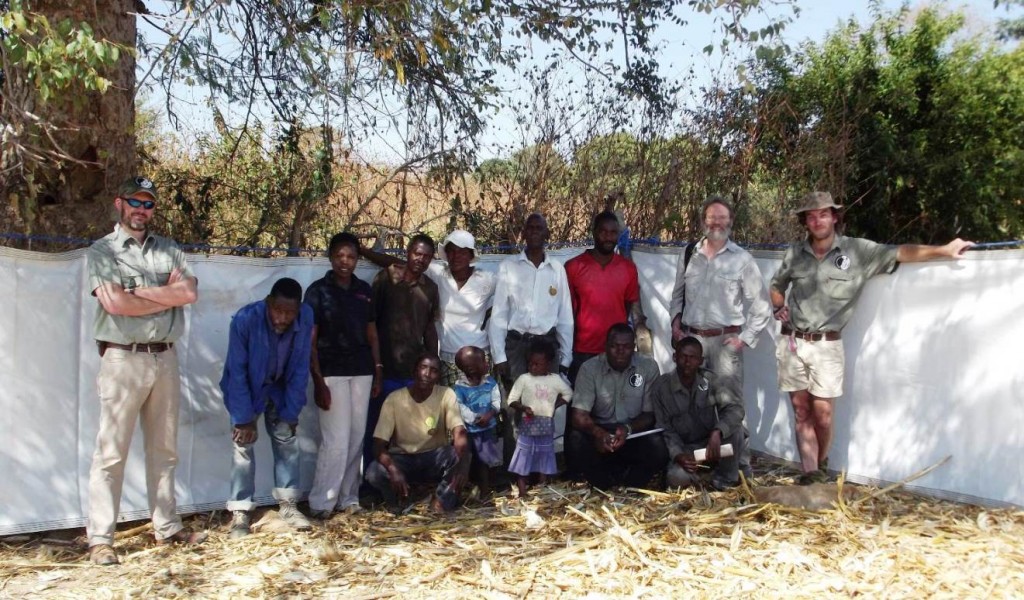
I mention that example because it shows that satellite tracking might lead us across international borders from Zimbabwe to Botswana, but it might also lead us from one village cow yard to the next.
WildTech: What role will technology play in wildlife conservation biology in the next decade?
As I say, it has been my lifetime experience that the big jumps in conservation science, in the biological part of it, have been driven by breakthroughs in technology, which for the most part could not have been anticipated. I mean, people often didn’t see a need or the opportunity until a certain piece of equipment came along, and there it was. And I’m sure that process will continue.
In our own story, we are already lunging into the next generation. So I mentioned the satellite tracking; I’ve mentioned the revolution that brings in synergy with the GIS work in landscape ecology. We are now working with a number of other devices on the lions and other predators, too, where we can see the future. So we have other lions in another study area also in Zimbabwe, with implanted temperature-sensitive devices and implanted accelerometers, so we can look at the detail of their body temperature on, for example, the differences between males and females, pregnant and non-pregnant, hunting or not hunting, in terms of homeostasis, and body temperature control and the qualities of their manes.
I think the interdisciplinary trans-boundary (in terms of science) opportunities are always exciting, so we’re looking at the physiology of the lion while thinking about their ecology and we have data that will be published soon based on those telemeters. They interact with work we’re doing with the lions now equipped with miniature radio-microphones, so at the moment we are already analyzing data. This is no more the twinkle in our eye; it’s a reality where we have the internal physiological data, we have the satellite locations, and we have the sound of every footfall, or every lap of water or every roar or every kill. With these animals, we’ve got accelerometers as well. So we’re now evaluating the sort of accelerometer traces that give us the key to the sorts of vocalizations and sounds that we hear.
Transcribing the audio signal is mind-blowingly hard work. We’ll only do it once or twice so that thereafter the machines can transcribe the accelerometer traces they code for. So that part of the future is already within our grasp, and I’m sure that some anticipatable bits of technology and some not yet anticipated will continue to give us quantum leaps forward.
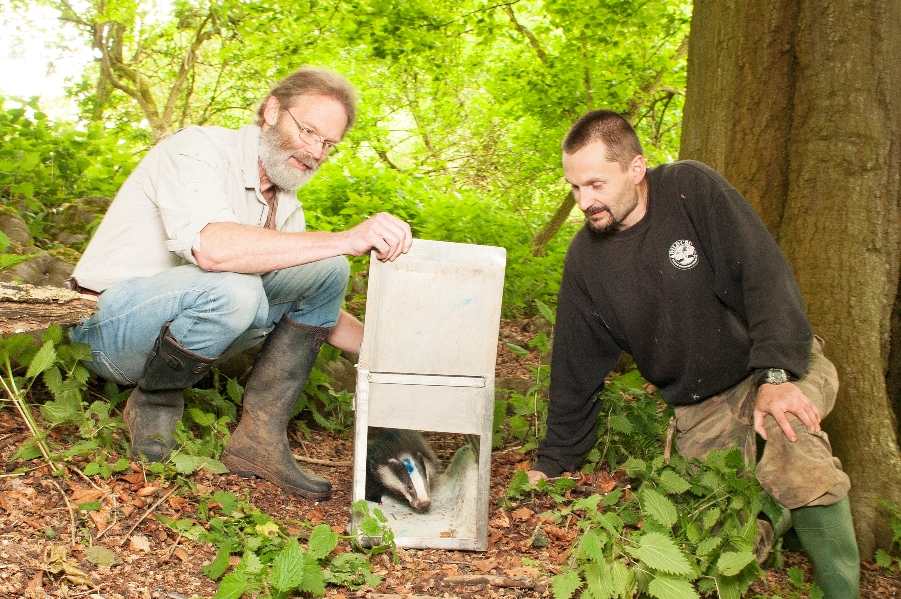
Another one in that vein, on a different sort of predator that I’ve worked on for 25 years now, is our work on the badgers of Wytham Woods — directly relevant to bovine tuberculosis and its spread and control in the UK, but also, it turns out, highly relevant to the impact of climate change, which is where most of our badger results are going at the moment. While working with a brilliant engineer at Oxford, Dr Andrew Markham, we have already produced a magnetic inductance collar. The collared badgers travel underground, and through a network of wires that receive a signal from these collars above ground, we can plot out in three dimensions to the nearest centimeter or two exactly where they are underground, allowing us to see not only where the badgers are but to map with their help, the labyrinth of tunnels that lie underground.
WildTech: So if you had a team of engineers — and maybe you do at Oxford —at your beck and call to build a critical piece of technology that you don’t yet have, what would it be? Addressing the audience out there in engineering colleges and the tech industry, what would be on top of your wish list?
You ask what might appear to be a technical question, but I think, oddly, it’s almost a philosophical question. So the technical answer is, I can imagine things that I would like this mystical and hypothetical team of engineers at my beck and call (by the way I don’t have them… Please send them over!) to do. I can imagine improvements on things I can already conceive of that would improve what we do. So for example, we have satellite-tracking devices that produce several fixes an hour at a certain level of accuracy. I know of other people who have the technology to produce hundreds of fixes an hour if not thousands. I would like our flow of data on these technologies to get better and better and better.
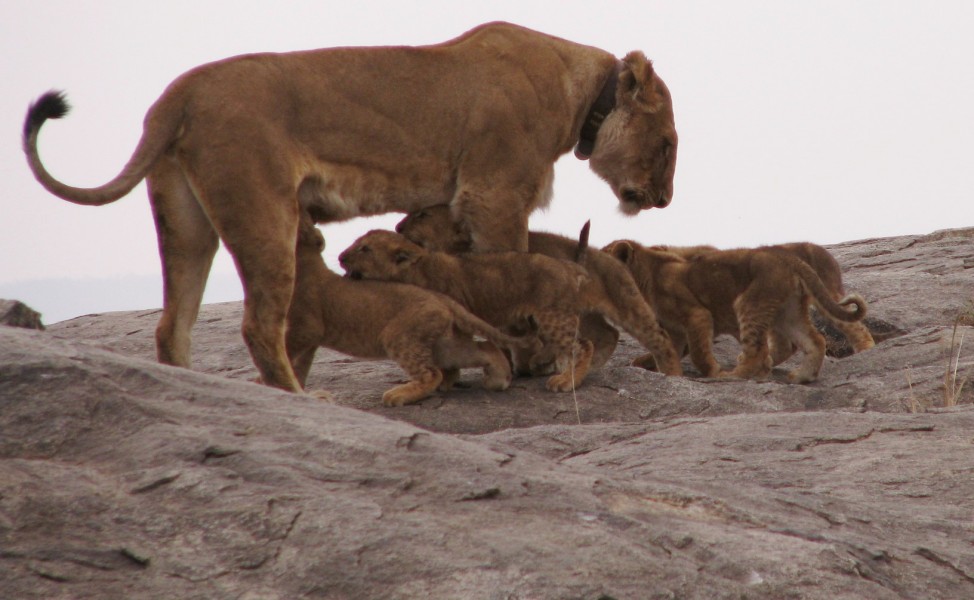
The philosophical bit, from my point of view, is that it’s almost unknowable where the next breakthrough is going to occur. Because it seems to me that how history has unfolded is that we struggle with the problems that seem intractable at the time and then something arises, probably in a different field produced for a different reason, where you suddenly say, yeah, that could really help me. Maybe I’m seeming unimaginative here by saying I’m not sitting in a fantasy wishing that something would happen, but I think rather philosophically, that one just doesn’t know where the next breakthrough is going to come from.
In a way, what is needed — being aware of the potential of technologies that are growing up in other fields, which we may be unfamiliar with — is to have people scanning the horizon the whole time interrogating all these other fields saying “what are you doing? What are you doing?” so that we can then snatch technologies as soon as possible and find applications for them within our own field.
I’m sure this is where great advances will come from.
